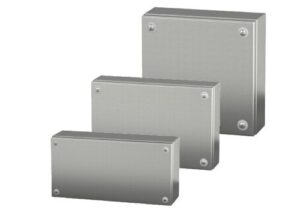
Metal Enclosure Materials Compared: Stainless Steel or Aluminum?
Choosing the right enclosure material isn’t just a preference — it determines durability, heat behavior, installation workload, corrosion life, and total operating cost over time.
We regularly update articles related to the manufacturing industry.

Choosing the right enclosure material isn’t just a preference — it determines durability, heat behavior, installation workload, corrosion life, and total operating cost over time.
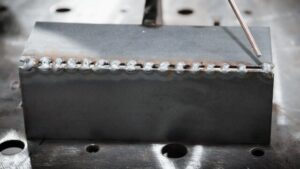
Warping in sheet metal welding isn’t accidental — it is predictable physics. When a weld heats the metal, it expands. When it cools, it contracts.
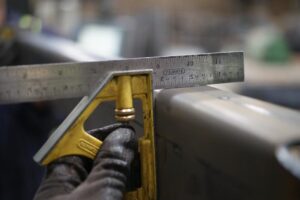
Quality control is not a final inspection step — it is the mechanism that decides whether sheet metal parts perform correctly in the field. A
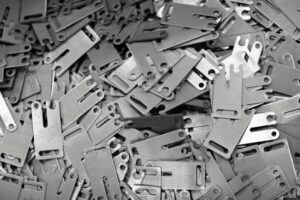
Lead time affects every stage of a sheet metal job. It shapes planning, testing schedules, and how quickly a product reaches the market. When teams
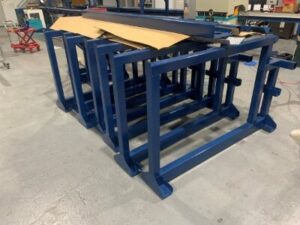
A stable machine frame protects accuracy from day one. When the base does not shift under load, the entire machine operates with smoother motion and

In many factories, robots spend more time correcting misaligned parts than assembling them. Automation only performs as well as the parts it handles. A well-designed
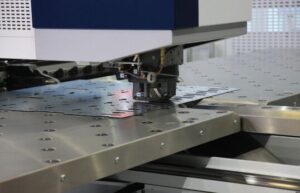
In the medical field, precision is more than a production goal — it’s a safety requirement. Even a 0.05 mm deviation in a bracket or
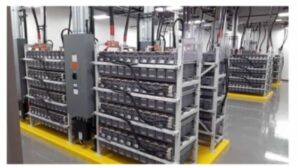
As renewable energy grows, energy-storage systems are becoming the structural and safety backbone of modern grids. Each battery cabinet or inverter housing depends on precisely
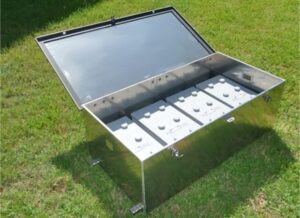
Battery enclosures protect energy systems from heat, vibration, and harsh environments. They also ensure electrical safety and consistent performance across years of operation. As industries
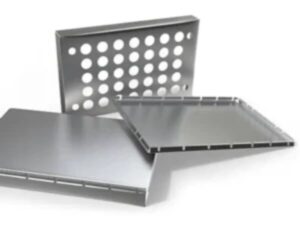
As electronic and power systems become smaller yet more powerful, controlling heat inside sheet metal enclosures has become a significant engineering challenge. Even a moderate
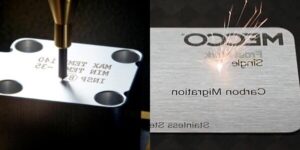
Every product needs a unique identity — a serial number, barcode, or logo that connects it to design data and service records. In industries like
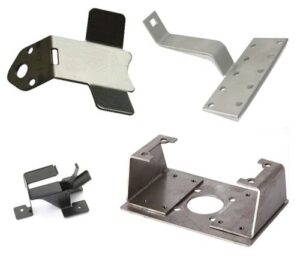
Modern sheet-metal fabrication relies on two core methods: laser cutting and metal stamping. Both create precise metal parts, yet they serve very different goals in

Machined parts perform well when the design supports real cutting conditions. Many issues begin in the CAD stage, long before a tool enters the material.
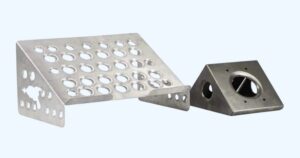
A single hole might seem minor, yet in sheet-metal fabrication it can decide the entire production pace. One misplaced or undersized hole can distort a
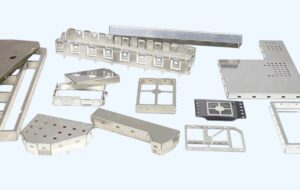
Every circuit emits and receives electromagnetic energy. When uncontrolled, these signals leak through enclosures and couple into nearby components. That’s electromagnetic interference (EMI)—and at higher frequencies, it becomes radio frequency interference (RFI).
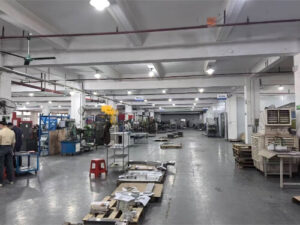
Every engineer and purchasing manager knows the story — the drawings are perfect, the quote looks fine, but the parts arrive late or off-spec. In
We will contact you within 1 working day, please pay attention to the email with the suffix”@goodsheetmetal.com”